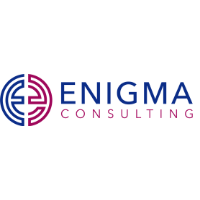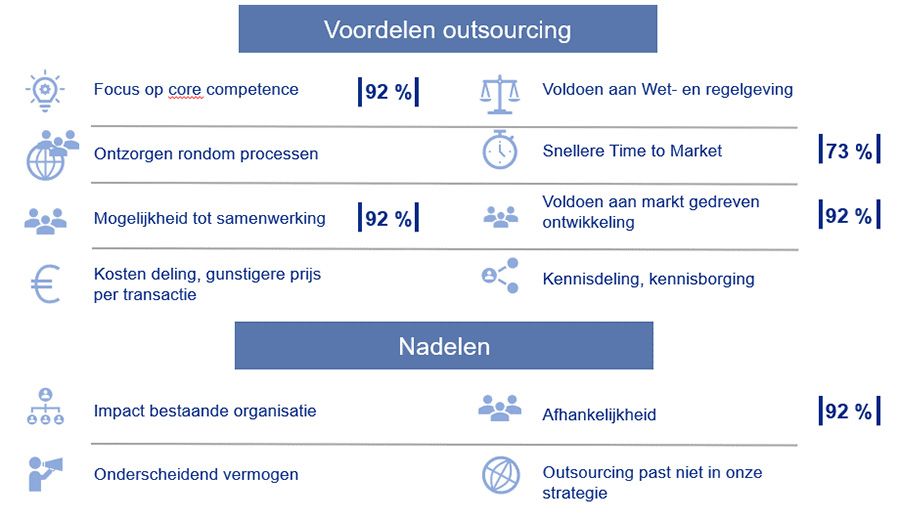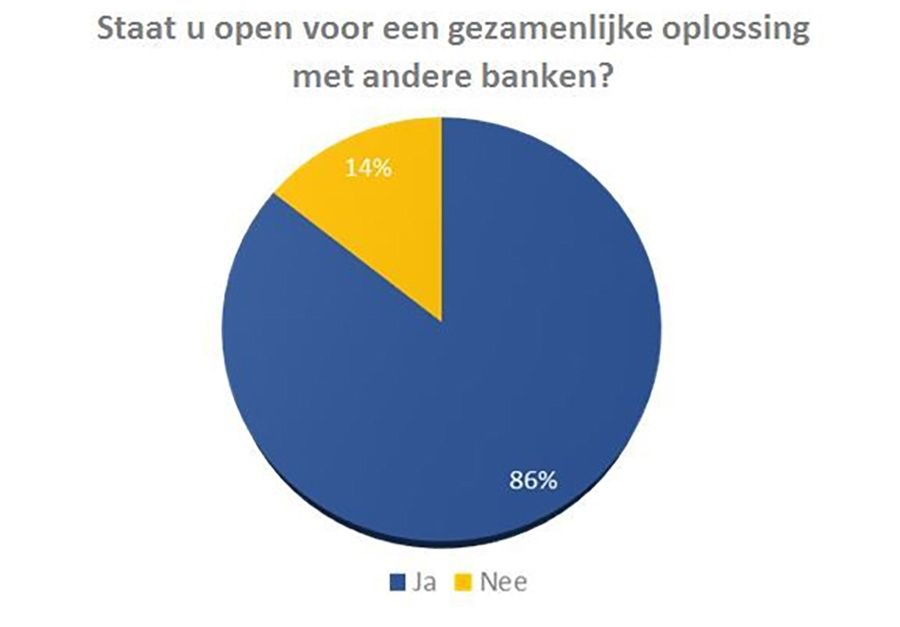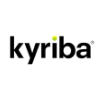Digital Currencies | Not Ready for Corporate Treasury
15-06-2021 | treasuryXL | Kyriba |
Bitcoin and several cryptocurrencies dropped more than $1 trillion in market value, forcing influencers and investors to walk back their advice on using private digital currencies as a reliable store of value. Kyriba’s Wolfgang Koester discussed what was driving this cryptocurrency volatility with Maria Bartiromo’s “Mornings with Maria” on Fox Business Network on May 24th. “We’re seeing increased rhetoric from the Chinese around a Central Bank Digital Currency and the United States are developing their own digital currency,” said Koester.
Big price swings for Bitcoin, Ethereum, and most recently Dogecoin are nothing new. CFOs and Treasurers have always had little appetite for cryptocurrencies, which is why examples like Tesla investing over $1 Billion USD in Bitcoin made such waves in finance circles. And while Tesla reported a quarterly net income boost of over $100 Million USD on their Bitcoin holdings, their social media savvy CEO has since suggested they will move on from their investment. This reinforces for many why cryptocurrencies are a blip on the radar screen and a bad idea for corporations to be involved with. But…are cryptos really that bad for corporates?
First, it’s more a matter of being “not ready” than bad. Cryptocurrencies such as Bitcoin behave like commodities due to their limited supply; the price volatility is fully explained by the supply/demand imbalance. For example, there is a hard cap of 21 Million Bitcoins and these days there is a lot of demand for Bitcoin! Demand for Bitcoin and other cryptos is driven by everything from social media to a fear of missing out (FOMO) that we are similarly seeing play out in other markets, such as residential real estate or in many tech stocks. Corporates, on the other hand, shy away from volatile assets as they require liquidity for their investments and cryptocurrencies just aren’t there yet. Selling several hundred million (or more) dollars worth of bitcoin or ethereum is a market moving transaction and is difficult to manage through the digital wallets and exchanges that are generally more designed for individuals. So, between the liquidity barriers and the unstable values, corporates still can’t rely on privately issued altcoins like Bitcoin, Ethereum, Litecoin and others until these challenges are overcome.
State-sponsored digital currencies potentially have something to offer, however. As Kyriba’s Wolfgang Koester discussed on Fox Business Network’s “Mornings with Maria”, China has made significant advancements in the rollout of the digital yuan, which has further prompted other nation states to accelerate their own digital currency programs. In theory, government-backed digital currencies are expected to offer a striking advantage over the privately issued cryptocurrencies – and that is utility. To have utility, the digital currency must be widely accessible – and be fast and secure. And this is where the Bitcoins of the world are not ready for mainstream use. They aren’t widely accessible, the blockchain “networks” supporting them remain unproven for high transaction volumes, and the value is uncertain and could easily change between the time a seller accepts a cryptocurrency and when they choose to use or exchange them.
Of course there are solutions to each of these individual problems – e.g. the use of stable coins (that are pegged to the price of a fiat currency) instead of altcoins. But each of the requirements – value, liquidity, utility, transactability – must all be met before corporates can expect to safely use crypto/digital currencies on a daily basis. This doesn’t preclude organizations wading into the cryptocurrency landscape as a means of reaching new markets or differentiating against competitors. In fact, more and more online retailers and marketplaces are accepting cryptocurrencies for payment. You can even buy a Tesla with bitcoins. Yet when it comes to corporate treasury and finance teams, they are converting holdings to fiat currencies as quickly as possible so they can still meet cash forecast projections and free cash flow targets. State-sponsored digital currencies may well offer a lifeline to transform digital currencies for mainstream use – or maybe privately issued cryptocurrencies will still rise to the opportunity – and when that day comes it will be fascinating for daily cash management nevermind cross-border payments, global cash pooling, and multilateral netting. I think all of us in treasury look forward to that!













